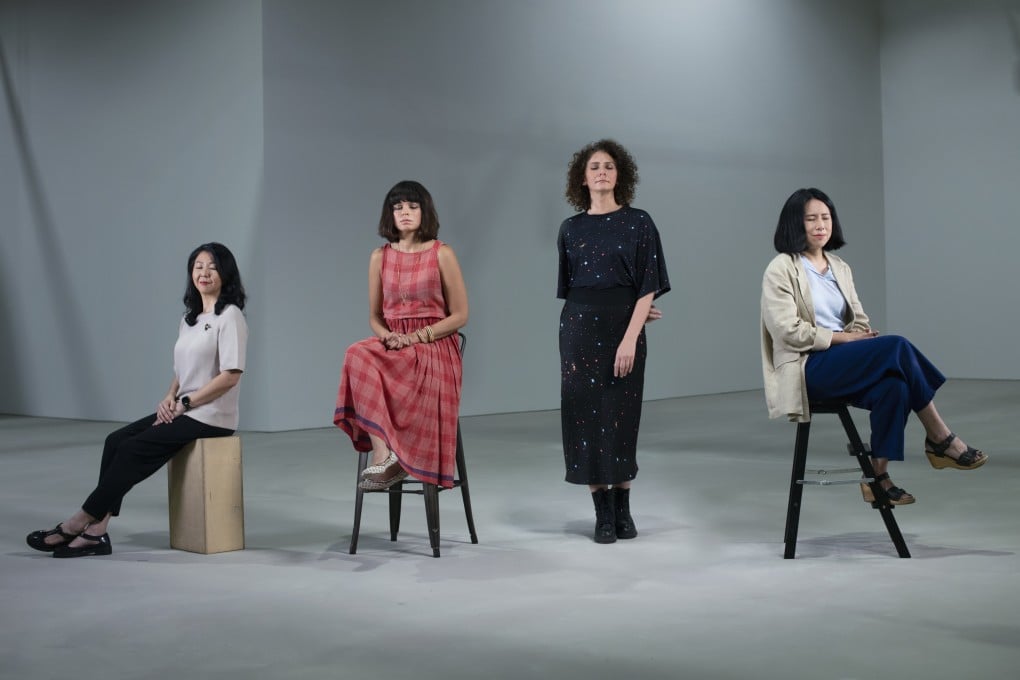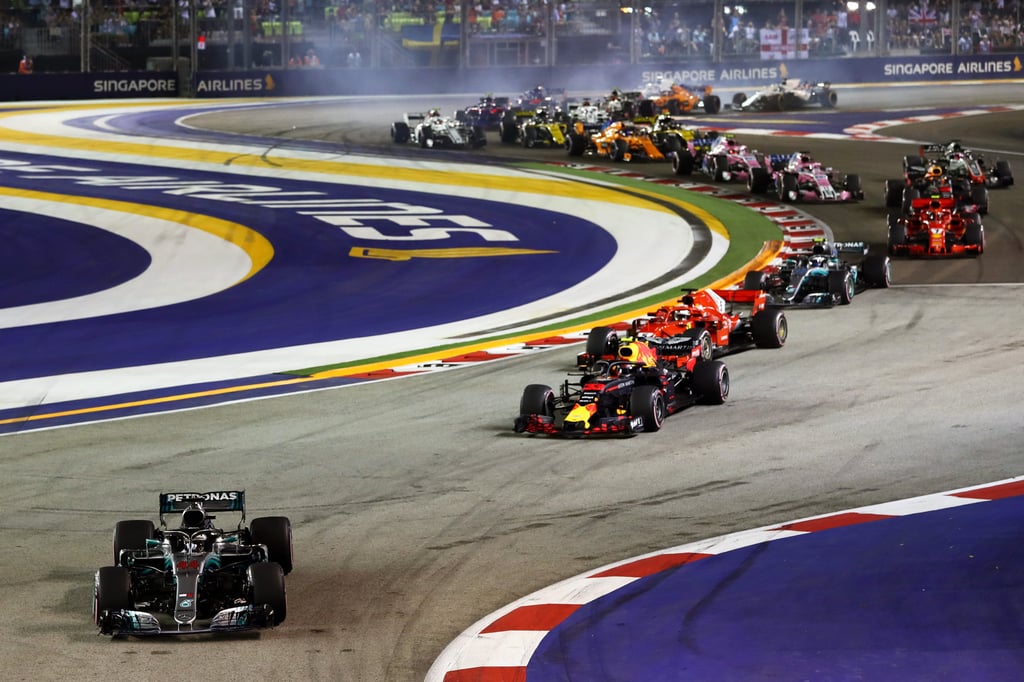The Singapore Biennale 2022 signals the city state’s ambitions to become the region’s leading cultural centre more than ever
- The art event’s seventh edition shows a city that is welcoming the world with open arms, in contrast to the continued isolation of Hong Kong and mainland China
- Industry insiders have recently criticised the biennale for lacking a consistent long-term vision and engagement plan, and remaining a precarious ‘mega event’

The Singapore Biennale is set to return in October after being delayed from 2021 because of the pandemic.
For the city state, this is more than just a large contemporary art exhibition. The seventh edition of the biennale is a signal to the world that it is “business as usual” and that Singapore is more eager than ever to become the region’s leading cultural centre.
The Singapore Grand Prix in September and the biennale show a city that is welcoming the world with open arms, in contrast to the continued isolation of Hong Kong and mainland China, which are still keeping their borders shut as they struggle to meet their “dynamic zero Covid” targets.

Like most major international art exhibitions around the world, Singapore’s foremost contemporary art platform has always been about reflecting local social conditions, but it also represents Singapore’s cultural and economic ambitions, say local curators and practitioners familiar with the two-yearly event. And since the start of the pandemic, the city state’s unmistakable urgency in fulfilling its vision as a serious contender in the global arts community has only gathered pace.
